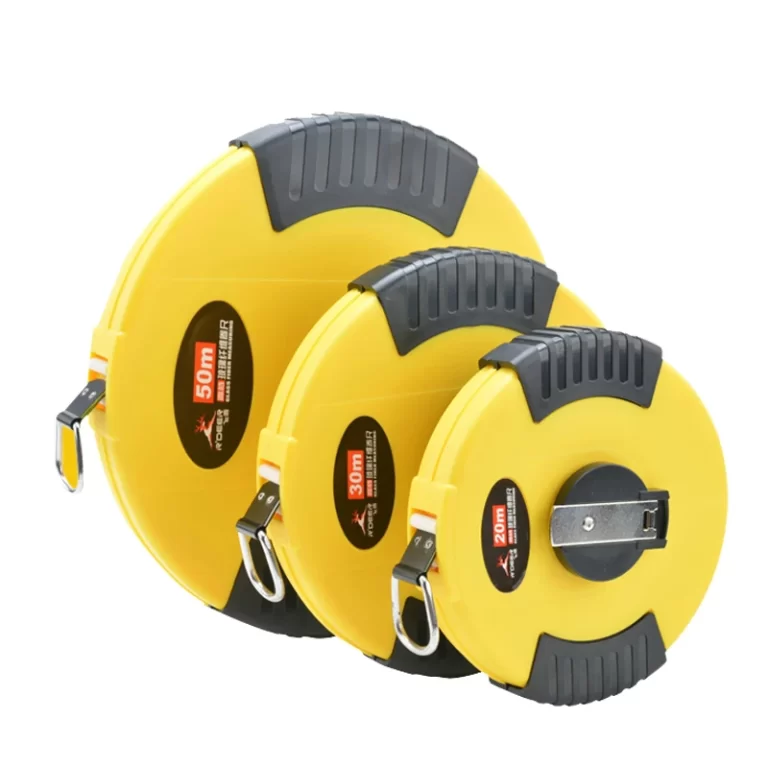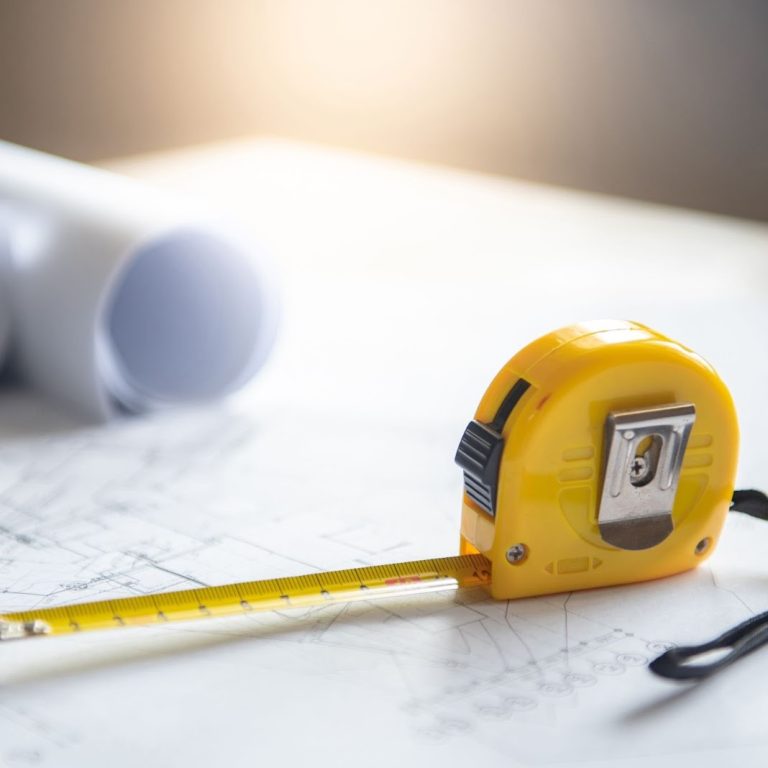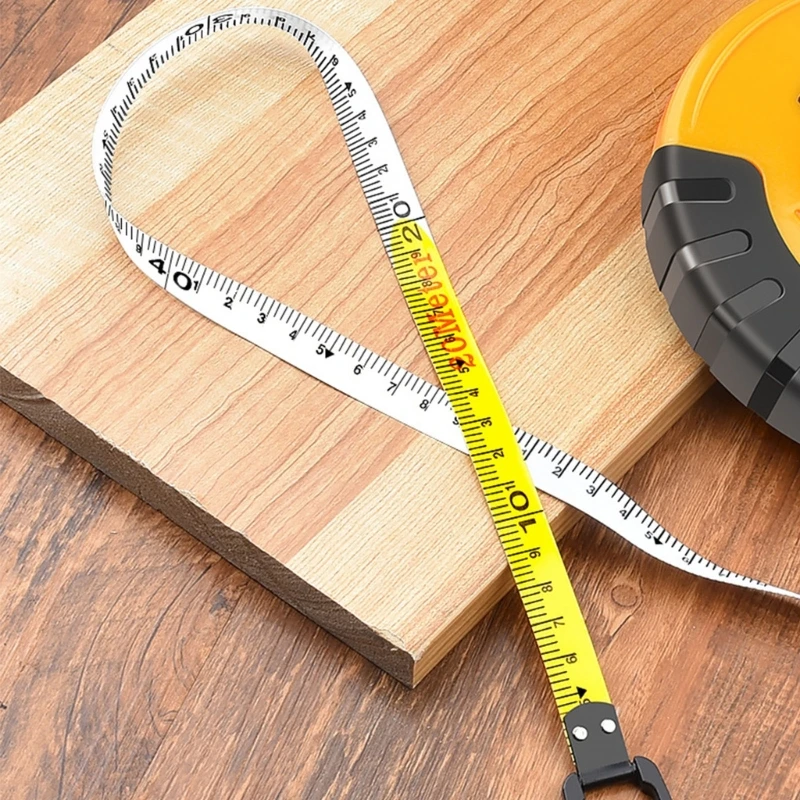
Guide on Tape Measure How to Read Measurements Like a Pro
Understanding tape measure how to read is a fundamental skill for anyone involved in construction, sewing, DIY projects, or even home improvements. A tape measure is a versatile tool that provides precise measurements essential for ensuring accuracy and success in various tasks. In this guide, we will delve deep into the intricacies of reading a tape measure, exploring its different components, techniques for accurate measurement, and tips to enhance your proficiency. Whether you are a beginner or looking to refine your skills, this comprehensive article will equip you with the knowledge needed to master the art of using a tape measure.
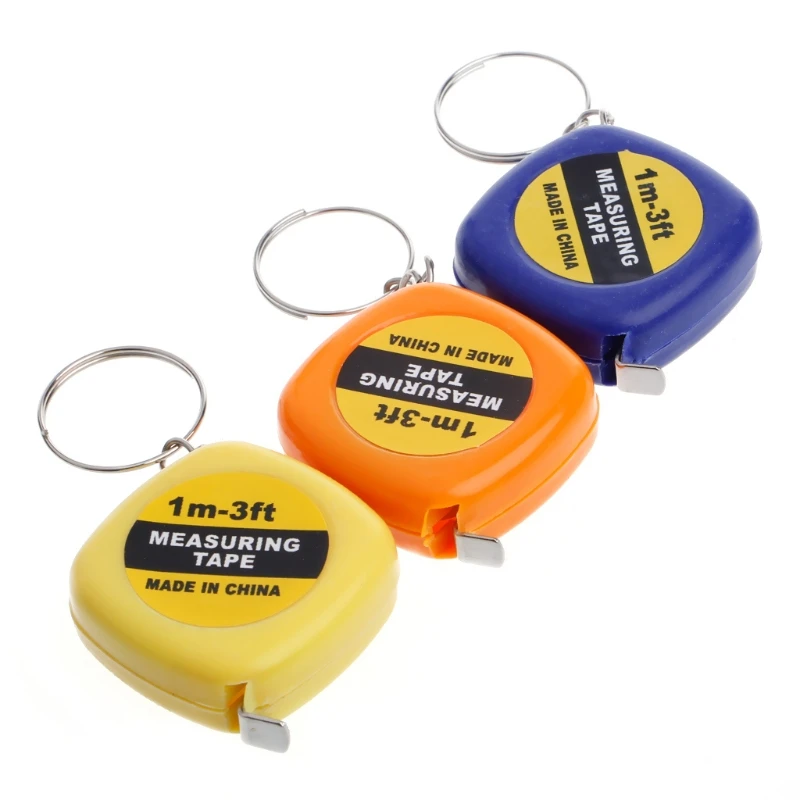 The Anatomy of a Tape Measure
The Anatomy of a Tape Measure
Before we dive into tape measure how to read, it’s crucial to familiarize yourself with its various parts. A typical tape measure consists of several key components, each serving a specific purpose to aid in precise measurement.
The Case and Coil
The outer casing of the tape measure houses the retractable metal tape. The coil mechanism allows the tape to retract smoothly after use, preventing tangles and ensuring durability. The case is usually made of sturdy materials like metal or high-strength plastic to withstand regular wear and tear.
The Tape Blade
The tape blade is the flexible, metallic strip that extends from the case when measuring. It is marked with measurement units, typically in both inches and centimeters, facilitating various measurement needs. High-quality tape blades are often coated to resist rust and corrosion, ensuring longevity.
Measurement Markings
Understanding the measurement markings is essential when learning how to read a tape measure. The markings are divided into increments of inches and centimeters:
- Inch Markings: The inch side is usually marked with large numbers indicating whole inches. Between these, there are smaller lines representing fractions of an inch. The main divisions often include halves, quarters, eighths, and sixteenths.
- Metric Markings: On the metric side, each centimeter is clearly marked, with smaller lines indicating millimeters. This side is particularly useful for precision tasks requiring metric measurements.
The Hook or Tang
At the end of the tape blade, there is a small metal hook or tang. This hook is designed to latch onto the edge of an object being measured, allowing for accurate measurements whether you are measuring internal or external dimensions. Some hooks are dual-purpose, functioning as both a hook and a stopper.
Techniques for Accurate Measurement
Mastering how to read a tape measure involves more than just recognizing the numbers. It requires understanding the techniques that ensure your measurements are precise and reliable.
Extending the Tape Properly
When extending the tape measure, ensure that the blade is straight and not twisted. This prevents inaccurate readings. Grip the tape measure firmly near the spot where measurements begin, typically at the hook, to maintain control and stability.
Using the Hook for Both Outside and Inside Measurements
One of the unique features of a tape measure is the dual-functionality of the hook. When measuring outside dimensions, allow the hook to move outward so that the measurement accounts for the thickness of the tape itself. For inside measurements, press the hook against the edge of the object to ensure it doesn’t shift, maintaining accuracy.
Reading the Tape Correctly
To read the tape accurately:
- Identify the Starting Point: Determine whether you’re readng on the inch or metric side based on your needs.
- Align the Hook: Position the hook at the starting edge of the object you’re measuring.
- Observe the Markings: Follow the tape to the ending edge of the object and note the number where the tape aligns.
- Consider Fractions or Millimeters: For precise measurements, pay attention to the smaller increments between the main markings.
Taking Multiple Measurements
For critical projects, taking multiple measurements can eliminate errors. Measure the same dimension several times to ensure consistency. This practice is especially important in tasks where precision is paramount, such as carpentry or tailoring.
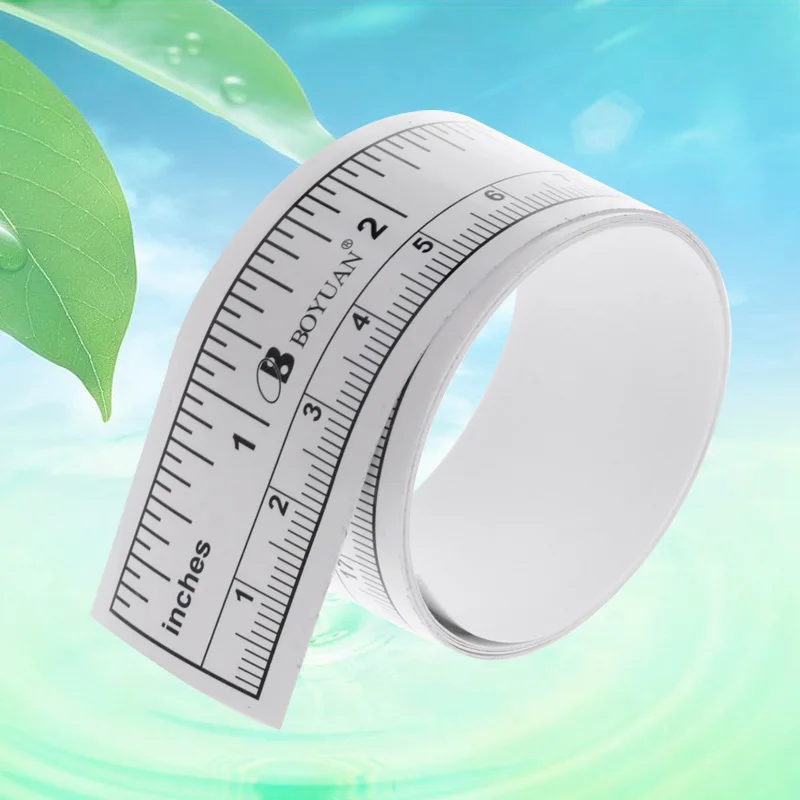 Common Mistakes to Avoid
Common Mistakes to Avoid
While using a tape measure, several common mistakes can lead to inaccurate measurements. Being aware of these pitfalls can enhance your ability to read a tape measure correctly.
Not Fully Extending the Tape
Failing to extend the tape measure fully can result in shorter readings than actual measurements. Ensure the tape is stretched out straight and fully extended for accurate results.
Ignoring the Hook’s Dual Function
Misunderstanding the way the hook functions can lead to systematic errors. Remember that when measuring external dimensions, the hook moves outward, while for internal dimensions, it should remain fixed.
Misreading the Fractions or Millimeters
Inaccurate readings of the smaller increments can throw off your entire measurement. Take extra care to recognize the exact fraction or millimeter mark to ensure precision.
Not Accounting for the Tape Thickness
When measuring objects with thickness, especially in woodworking, failing to account for the tape’s thickness can result in miscalculations. Adjust your measurements accordingly to compensate for this factor.
Tips to Improve Your Tape Measure Reading Skills
Enhancing your ability to read a tape measure effectively requires practice and attention to detail. Here are some tips to help you become more proficient:
Practice Regularly
Consistent practice is key to mastering how to read a tape measure. Engage in various measuring tasks, from small-scale projects at home to larger construction tasks, to build your confidence and accuracy.
Familiarize Yourself with Both Measurement Systems
Understanding both the imperial (inches) and metric (centimeters) systems can broaden your versatility. This knowledge allows you to switch between systems seamlessly, depending on the project requirements.
Utilize Marking Tools
Using pencils, markers, or chalk can help you make precise marks based on your measurements. This practice ensures that your measurements translate accurately to your work.
Double-Check Measurements
Always verify your measurements before cutting or assembling materials. Double-checking can prevent costly mistakes and ensure the integrity of your project.
Keep the Tape Measure in Good Condition
A well-maintained tape measure ensures accurate readings. Regularly check for any signs of wear, such as bent hooks or faded markings, and replace the tape measure if necessary to maintain accuracy.
Advanced Measurement Techniques
For those looking to take their measuring skills to the next level, advanced techniques can provide even greater precision and efficiency.
Measuring Angles and Curves
While a tape measure primarily measures linear distances, it can also be used to estimate angles and curves with the right techniques. For example, by measuring the length of a curved surface and using geometric principles, you can calculate angles or arc lengths.
Utilizing the Tape’s Lock Feature
Many tape measures come with a lock feature that allows the tape to stay extended without retracting. This feature is particularly useful when taking measurements in tight spaces or when holding the tape steady for extended periods.
Combining Measurements for Complex Projects
In complex projects, combining multiple measurements from different angles and directions can provide a comprehensive understanding of the space or materials involved. This approach ensures that all aspects are accounted for, reducing the likelihood of errors.
Incorporating Digital Tape Measures
Digital tape measures offer advanced features such as digital readouts, memory storage for measurements, and the ability to switch between measurement units with ease. Incorporating these tools can enhance accuracy and streamline your measuring process.
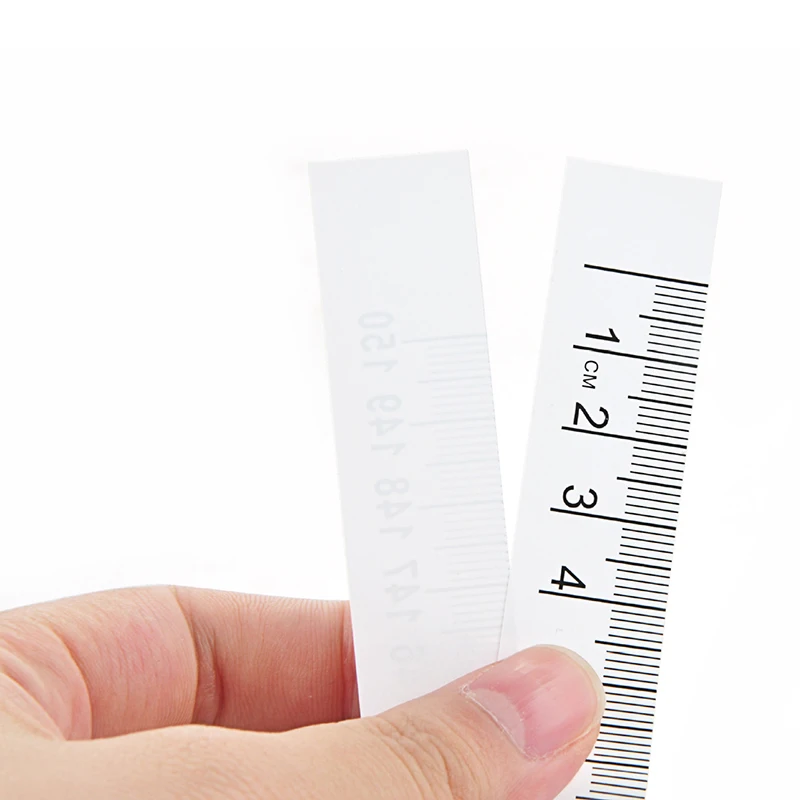 Applications of Accurate Tape Measurement
Applications of Accurate Tape Measurement
Accurate tape measurement is essential across various fields and applications. Understanding its importance can highlight why mastering how to read a tape measure is so valuable.
Construction and Carpentry
In construction and carpentry, precise measurements are vital for cutting materials, fitting pieces together, and ensuring structural integrity. A well-read tape measure ensures that projects meet design specifications and safety standards.
Sewing and Tailoring
For sewing and tailoring, accurate measurements ensure that garments fit correctly and look professional. Measuring fabric and body dimensions with precision is crucial for achieving the desired fit and finish.
Home Improvement Projects
Whether hanging shelves, installing cabinets, or remodeling spaces, accurate tape measurements are essential for successful home improvement projects. They help in planning layouts and ensuring that installations are level and properly aligned.
DIY Projects and Crafts
In various DIY projects and crafts, precise measurements can make the difference between a successful creation and a flawed one. Accurate measuring ensures that components fit together as intended, enhancing the overall quality of the work.
Choosing the Right Tape Measure
Selecting the appropriate tape measure can significantly impact your measuring accuracy and ease of use. Here are some factors to consider when choosing a tape measure.
Length and Size
Tape measures come in various lengths, typically ranging from 12 feet to 100 feet. Choose a length that suits your typical projects. For everyday use, a 25-foot tape measure is versatile, while longer tapes are better for large-scale construction.
Material and Durability
The durability of a tape measure depends on the materials used. Metal tapes are robust and suitable for heavy-duty tasks, while fiberglass tapes offer flexibility and resistance to rust, making them ideal for outdoor use.
Lock Mechanism
A reliable lock mechanism ensures that the tape stays in place when extended. Some tape measures offer dual locks, allowing you to lock both the hook and the blade, enhancing measurement stability.
Visibility of Markings
Clear and well-marked measurements are crucial for accuracy. Look for tape measures with high-contrast markings, reflective coatings, or color-coded indices to enhance visibility in various lighting conditions.
Ergonomic Design
An ergonomic design with a comfortable grip makes it easier to handle the tape measure during extended use. Features like a non-slip case or a reinforced frame can improve handling and reduce fatigue.
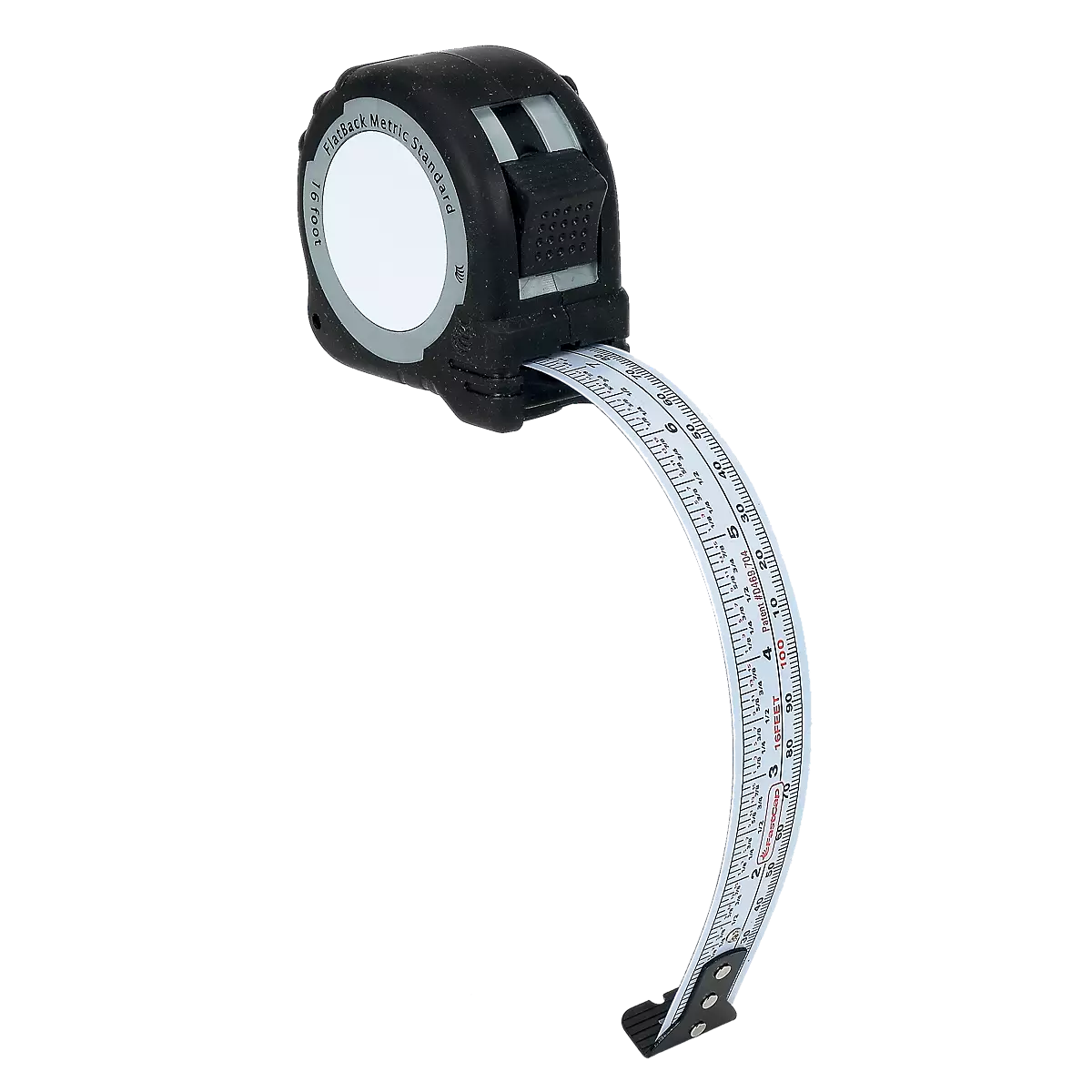 Maintaining Your Tape Measure
Maintaining Your Tape Measure
Proper maintenance prolongs the life of your tape measure and ensures that it remains accurate over time.
Cleaning the Tape
After use, especially in dirty or dusty environments, clean the tape blade with a damp cloth to remove debris. This practice prevents grime buildup that can obscure measurements.
Lubricating the Reel
Periodically applying a light lubricant to the reel mechanism ensures smooth operation and prevents the tape from sticking or retracting unevenly.
Storing Correctly
Store the tape measure in a dry place to prevent rust and corrosion. Avoid dropping it or exposing it to extreme temperatures, which can damage the tape blade and internal components.
Inspecting for Damage
Regularly inspect the tape measure for signs of damage, such as bent hooks, broken springs, or faded markings. Addressing these issues promptly can maintain the tool’s functionality and accuracy.
Enhancing Precision with Accessories
Several accessories can complement your tape measure, enhancing precision and making measurements easier.
Measuring Tools
Additional measuring tools like angle finders, laser measures, and ruler sets can provide more detailed measurements and complement the use of a tape measure in complex projects.
Marking Tools
High-quality marking tools, such as fine-tip pencils or chalk lines, can help make precise marks based on your measurements, ensuring accuracy in your work.
Storage Solutions
Organizing your tape measure and accessories with storage solutions like tool belts or dedicated pouches can improve accessibility and prevent damage, keeping your tools in optimal condition.
Troubleshooting Common Problems
Even with proper use and maintenance, you might encounter issues when using a tape measure. Here’s how to troubleshoot some common problems.
Tape Won’t Extend or Retract
If the tape measure won’t extend or retract smoothly, check for obstructions or debris in the reel. Clean the tape blade and apply a light lubricant to the reel mechanism. If the problem persists, the internal mechanism might need professional repair or replacement.
Inaccurate Measurements
Incorrect measurements can result from misreading the tape or using a damaged tape measure. Double-check your measurements, ensure the tape is not bent or twisted, and replace the tape measure if the markings are worn or faded.
Hook Doesn’t Stay in Place
If the hook does not stay in place when measuring, inspect it for bends or damage. A damaged hook can cause inconsistencies in measurements. Replace the tape measure if the hook is compromised.
Faded or Unclear Markings
Faded markings make reading measurements difficult. In this case, consider using a fine-tip marker to re-mark important measurements or invest in a new tape measure with clearer markings.
The Importance of Accurate Measurements
Accurate measurements are the foundation of successful projects across various fields. Here’s why precision matters when using a tape measure.
Ensuring Fit and Function
Whether constructing a piece of furniture or tailoring a garment, accurate measurements ensure that components fit together correctly and function as intended. Miscalculations can lead to structural weaknesses or ill-fitting products.
Saving Time and Resources
Accurate measurements reduce the need for rework, saving time and resources. When measurements are correct the first time, you minimize material waste and avoid the costs associated with correcting mistakes.
Enhancing Professionalism
Precision in measurements reflects professionalism and attention to detail. Whether you are a professional contractor or a hobbyist, accurate measurements demonstrate competence and reliability.
Achieving Desired Outcomes
From achieving the perfect fit in sewing to ensuring the stability of a construction project, accurate measurements help attain the desired outcomes. This precision is crucial for meeting project specifications and client expectations.
 Conclusion: Mastering How to Read a Tape Measure
Conclusion: Mastering How to Read a Tape Measure
In conclusion, mastering the skill of tape measure how to read is invaluable for anyone engaged in projects requiring precision and accuracy. By understanding the anatomy of a tape measure, applying proper measurement techniques, avoiding common mistakes, and utilizing tips and advanced strategies, you can enhance your proficiency and ensure the success of your endeavors. Remember, the key to accurate measurement lies not only in the tool itself but in your ability to use it effectively. Whether you’re embarking on a new DIY project, honing your woodworking skills, or involved in professional construction, a well-read tape measure is an essential asset. Keep practicing and refining your skills, and soon reading a tape measure will become second nature, empowering you to achieve accurate and reliable results every time.
